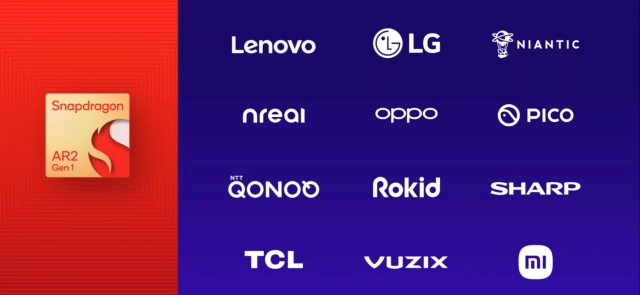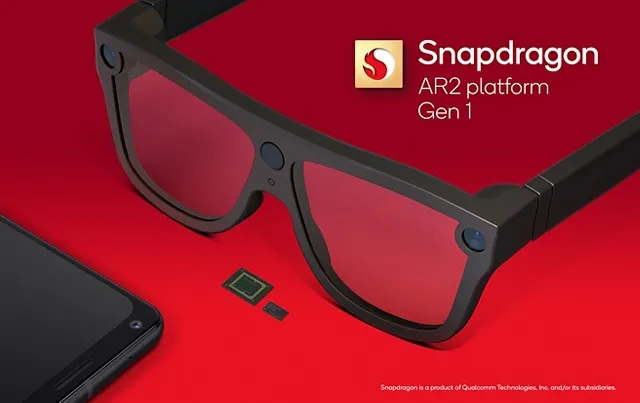Snapdragon has formally launched the AR2 Gen 1, the company’s specific chip for augmented reality, in response to future possibilities and competition from companies like Meta. AR2 Gen 1 is intriguing since it has a tonne of features and better performance than the reference design.
The company’s specific solution for AR headsets, Snapdragon AR2 Gen 1, sets a standard. The brand-new platform was created from the ground up with an entirely new emphasis on augmented reality. The AR2 Gen 1 is the first model of a new line of stylish, highly functional glasses that the business plans to release. This should contribute to the delicate blending of components from the metaverse and the real world. AR2 Gen 1 focuses on assisting companies in developing high-end AR headsets, and as a result, provides performance appropriate for that while keeping things portable.
Snapdragon has developed a multi-chip distributed processing system with specialised IP Blocks to specifically build the AR2 Gen 1 for AR. This was done to strike a balance between functionality, strength, and size. As a result, portability and energy usage have received considerable attention.
As a result, the AR Gen 2 is a multi-chip system that consists of an AR processor, a co-processor, and a networking platform. These chips handle the processing load for the AR glasses when they operate in tandem. It has been made clear by Snapdragon, though, that the AR2 Gen 1 won’t be a stand-alone solution. The host device for the AR glasses must be a smartphone or SD laptop that supports the Snapdragon processor in order to conduct additional sophisticated tasks.
Snapdragon has meticulously positioned the modules on various sections of the glasses, taking the multi-chip approach literally. The arm of the glasses will house the primary AR processor, which will handle perception and display output. At the bridge will be the co-processor in charge of the sensors, AI, and computer vision. The connectivity module will also be mounted to the arms in the meantime.
That is also reflected in the Snapdragon AR2 Gen 1 chip, which uses 50% less power and has a 40% lower PCB surface area than the AR Smart Viewer Reference design with XR 2.

Additionally, the density of the wires has been lowered by 45%, making the latest AR glasses smaller overall. It converts to augmented reality glasses that only require 1W of electricity.
The Snapdragon AR2 Gen 1 powered glasses are not yet available for purchase, but the company has teamed with a number of OEMs to develop their own AR2 Gen 1 powered experiences.
Companies like Lenovo, LG, nreal, OPPO, Mi, TCL, and many more fall under this category. AR experiences must be in development and will either be consumer- or business-based depending on the OEM. If any Snapdragon AR 1 Gen 2-powered experiences appear soon, only time will tell.
Technological developments like the Snapdragon AR2 Gen 1 are a step in the right direction as the field of immersive technology develops further. The chip is well-positioned to enable AR experiences that may become the standard thanks to its strong performance and power combination. The AR2 Gen 1 should also contribute to the development of AR glasses that are finally thin and don’t feel cumbersome.
Also Read:








